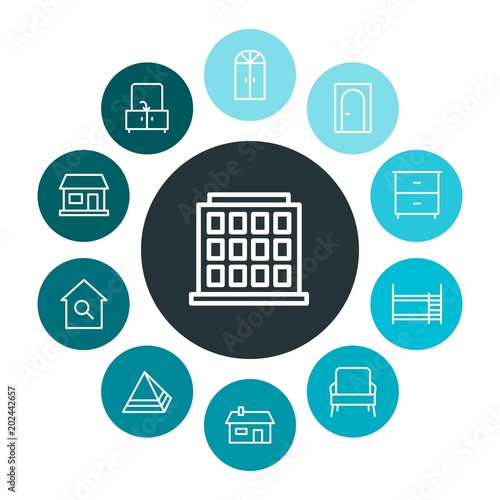Step-By-Step Technique To Revitalizing Antique Cupboards
Step-By-Step Technique To Revitalizing Antique Cupboards
Blog Article
Article Written By-Hobbs Kerr
To start the trip of recovering antique cupboards, you need a keen eye for detail. Think of revealing hidden tricks within each layer of history ingrained in the wood. Picture the complete satisfaction of revitalizing a once-forgotten item to its former splendor. Every action of this meticulous process holds the key to protecting the past while developing a future treasure. So, are https://remingtonubipw.blogitright.com/27932146/delve-into-the-experience-of-a-handcrafted-cabinet-maker ready to start this transformative undertaking and unlock the potential of your antique closets?
Assessing the Cupboard's Condition
When starting the remediation procedure, begin by assessing the problem of the antique closet. Carefully check out the general structure for any indications of damages such as fractures, chips, or loose joints. Inspect the wood for any kind of rot, warping, or insect problem that may have happened with time. modern bathroom vanities to identify the extent of the remediation required before continuing additionally.
Next off, evaluate the cupboard's hardware such as joints, knobs, and locks. Make note of any type of missing out on pieces or components that require repair work or replacement. Make sure that all equipment is operating appropriately and safely attached to the cabinet.
Furthermore, assess the cabinet's finish. Seek any type of scratches, discolorations, or discoloration that might impact the aesthetic allure. Establish if the surface needs to be stripped and reapplied or if an easy touch-up will suffice.
Gathering the Needed Devices and Products
After analyzing the condition of the antique cupboard, the following step is to gather the required devices and materials for the remediation procedure. Prior to you start, guarantee you have the following products available:
- timber cleaner
- sandpaper in numerous grits
- timber filler
- paint or wood tarnish
- brushes
- handwear covers
- safety and security goggles
- a dust mask
- a drop cloth
- a putty blade
- a hammer
- a screwdriver
- a vacuum cleaner
These devices and products are necessary for an effective repair.
Timber cleaner is vital for eliminating years of dust and gunk build-up, preparing the surface for sanding. Sandpaper of various grits assists in smoothing out flaws and preparing the timber for a new surface. Wood filler is handy for fixing any cracks, openings, or dents present in the closet.
Paint or wood tarnish, in addition to brushes, enable you to tailor the cupboard to your preference. Keep in mind to use gloves, safety and security goggles, and a dust mask for defense. Lay down a drop cloth to safeguard your workspace, and make use of a vacuum cleaner to tidy up any debris.
With https://patch.com/new-jersey/tomsriver/classifieds/announcements/380875/bathroom-contractor-toms-river-new-jersey and products gathered, you're ready to start the repair process.
Carrying Out the Remediation Process
To efficiently execute the repair process on your antique closet, begin by extensively cleaning up the surface area with the wood cleaner. https://ranchhousekitchenremodel99999.ttblogs.com/7335912/collaborating-with-a-professional-closet-maker-can-turn-your-house-right-into-a-personalized-hideaway-where-every-facet-is-meticulously-constructed-and-tailored-to-your-choices is critical as it helps eliminate years of dirt, gunk, and old gloss that might have accumulated on the surface.
As soon as the cabinet is tidy and dry, assess the condition of the timber. Seek any splits, scratches, or other problems that require to be resolved. Usage wood filler to fix any type of imperfections, seeing to it to match the filler color to the wood tone for a seamless surface.
After the repairs have dried out, carefully sand the entire surface area to produce a smooth and even base for the new surface. Beware not to sand too boldy, as you do not intend to damage the wood underneath.
Once the sanding is complete, use a timber discolor or complete of your option, adhering to the supplier's guidelines. Enable the surface to dry completely prior to using a protective top coat to guarantee the longevity of your restored antique cabinet.
Final thought
Now that you have actually finished the remediation procedure, your antique cabinet looks just as good as brand-new.
By following the step-by-step overview, you were able to analyze, repair, and boost its problem effortlessly.
With a fresh surface and safety top layer, your treasured piece will certainly continue to radiate for years ahead.
Appreciate the elegance of your brought back antique closet!
